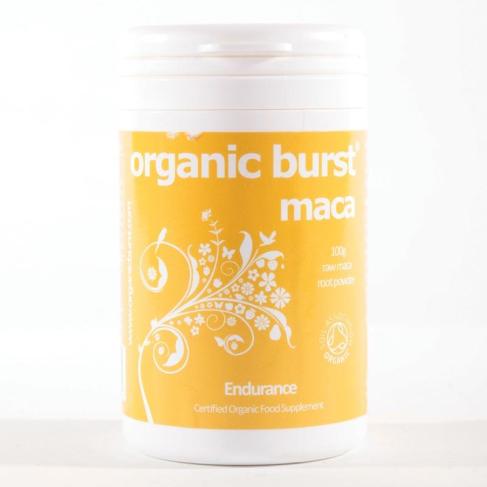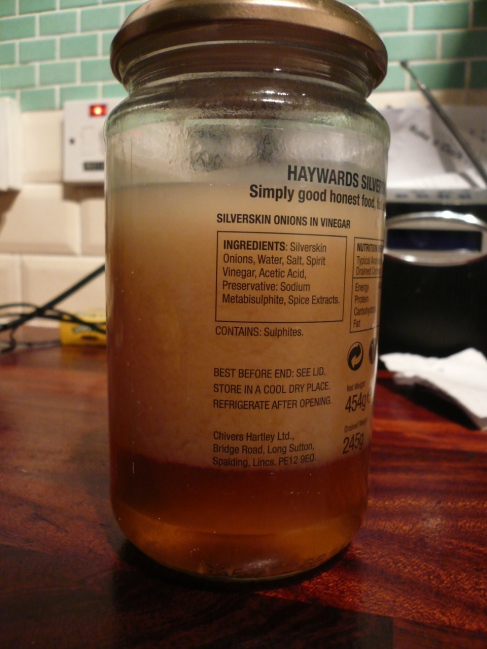About a year ago, I read an article about how consumers were banding together to create their own food co-operatives in order to order big to reap the economies of scale benefits and also not having to pay retailers costs, labour and delivery charges.
Ideally, I was looking for a few way to interacting with farmers and producers of all weekly consumables; food, household cleaning products, hygiene products etc. Being a 21st century gal, I turned to the Oracle (the internet) and just did a search for local Food co-ops and found one near me called Transition Town Brixton which is quite close to me in South London. I made contact and joined. If they thought it was odd that I contacted them out of the blue like that, they didn’t show it, but subsequently, I’ve found out that most people join on recommendation of other members of the co-operative.
I like it, but unfortunately, I can’t buy everything from there but I am able to buy dry goods e.g. rice, coconut flour, natural soap (for me and for my laundry!), chocolate etc and the odd unusual find like Maca powder which is my current fad. But they are unable to deliver fresh fruit, meat and vegetables, so I’m still making my way to Sainsbury’s or Tesco’s on a regular basis – boo.
The positives are that I save a little bit of money on organic products and pay no delivery charges. The downside is the wholesalers will not split cases of products generally, so unless you can convince your fellow co-operators that Dr Bronner should become their ‘go to’ soap, you have to buy a whole case or just forget it.
The two main wholesalers we use are Suma Wholesale and Infinity. Infinity seems a bit fairer than Suma, as it produces a wholesaler list of prices that is not tailored to you therefore, you know that everyone is paying the same price. However, Suma is more hi-tech. You have to log on online and therefore the prices you are quoted, I’m sure, are tailored to your spend. Our spend as a collective, averages £600-£1000 per order, which probably isn’t huge when compared to independent shop orders. I still think we may have a bit more wriggle room to get the prices down but we just need to get to know our value to them as customers.. and USE IT. 😉


